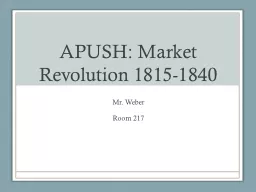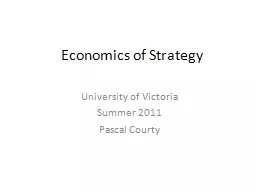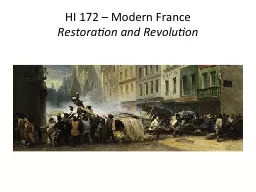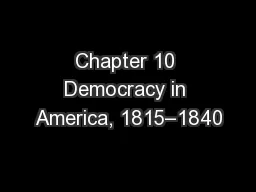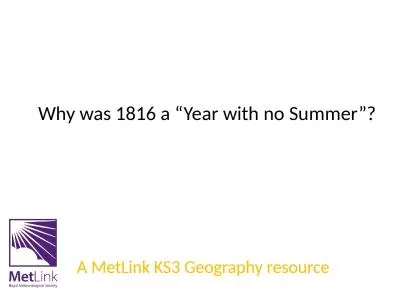PPT-APUSH: Market Revolution 1815-1840
Author : debby-jeon | Published Date : 2019-11-25
APUSH Market Revolution 18151840 Mr Cahill Read Chapter 14 reading 15 minutes 1 What were the major social effects of the market revolution 2 What revolutionary
Presentation Embed Code
Download Presentation
Download Presentation The PPT/PDF document "APUSH: Market Revolution 1815-1840" is the property of its rightful owner. Permission is granted to download and print the materials on this website for personal, non-commercial use only, and to display it on your personal computer provided you do not modify the materials and that you retain all copyright notices contained in the materials. By downloading content from our website, you accept the terms of this agreement.
APUSH: Market Revolution 1815-1840: Transcript
Download Rules Of Document
"APUSH: Market Revolution 1815-1840"The content belongs to its owner. You may download and print it for personal use, without modification, and keep all copyright notices. By downloading, you agree to these terms.
Related Documents

